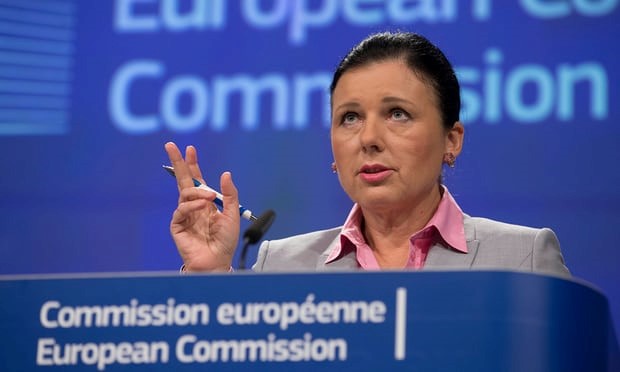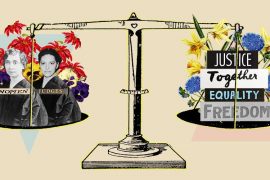The European commission is pushing for a quota for women on company boards to address the slow progress to gender equality in the senior ranks of publicly listed businesses.
Under the proposals, companies whose non-executive directors are more than 60% male would be required to prioritise women when candidates of equal merit were being considered for a post.
Previous attempts by the EU’s executive to set a 40% goal for women in the top ranks of listed companies have been blocked by Germany, the Netherlands and Sweden overs fears that Brussels was overreaching into domestic affairs. Hungary and Poland have opposed the move on ideological grounds.
The result of the impasse has been slow progress to greater diversity at the top of companies. Women made up 29% of recruits to UK boards in 2016, down from 32.1% in 2014 and 31.6% in 2012, according to research by the recruiter Egon Zehnder.
The proportion of women on the boards of the largest listed companies across the EU has more than doubled, from 10% in 2005 to 22% in 2015. However, women account for only 7% of board chairs and presidents and 6% of chief executives in the largest companies.
On Monday, the commissioner for justice and gender equality, Vĕra Jourová, will publish proposals to redress the gender pay gap.
Speaking to the Guardian before the launch, Jourová said: “We have so much evidence that it is good for business to have diversity, to have women and men on boards. Women [make up] 65% of university graduates, so why don’t we use that talent and the investment?
“Women have a very good talent for long-term, sensible spending [and] for crisis-solving because they can come up with proposals for negotiation and compromise. It is a necessary balance to the approach of men: attack and escape.”
A quota for boards will be one of a series of legislative proposals aimed at tightening the law to improve diversity and pay practices in work.
The pay gap in the EU, quantifying the difference in average hourly pay for male and female workers, remains resolutely large.
According to figures released in October, Britain registered the biggest increase in the EU’s gender pay gap in 2015. The UK’s gender pay gap jumped from 19.7% in 2014 to 20.8% in 2015, the largest annual rise among Europe’s main economies. The gap in the UK now outstrips the EU’s average of 16.3%.
Jourová, the Czech Republic’s representative in the commission, said: “In each country, there are special reasons for this. I think that in most member states, maybe all, the main problem is segregated jobs. Females’ jobs, nurses, social services, teachers are underpaid. And is it because women are working in these roles? Maybe. I would guess this is also the case with the UK and [it is] something they should think about.
“We are addressing the member states with a strong call to look into it and change their renumeration policy in the public sector. The gender pay gap is also partly caused because women have more duties at home and take part-time jobs. And are paid less. It is a trap.”
Across the EU there is a full-time equivalent employment rate of 40% for women and 56% for men.
Jourová said she believes discrimination is still a major factor, and that current EU legislation is ineffective because it is not strongly enforced. Jourová has also suggested legislation to force listed companies to publish gender-specific statistics on pay.
“There are no teeth [to current laws],” she said. “According to our estimates, discrimination accounts for 8-10% of the gap. There is not enough enforcement. It must be done by labour inspectorates, and it should be captured in collective bargaining by the trade unions.”
Source: the guardian





Comments are closed.